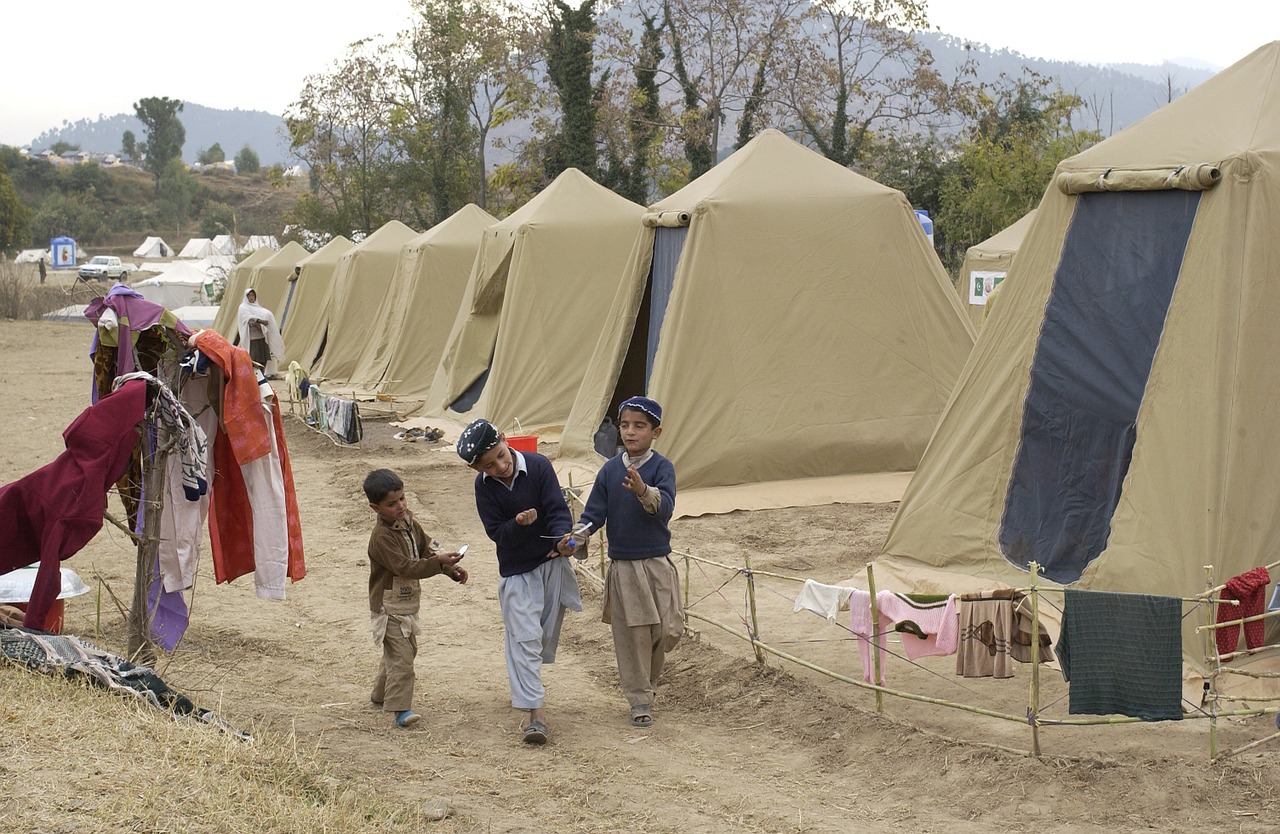The United Nations released the Global Trend Report 2022 on Wednesday which covers refugees, asylum seekers, internally displaced and stateless people worldwide. 112.6 million people fall under the protection of the United Nations High Commissioner for Refugees (UNHCR). The number of forcibly displaced people is 108.4 million. Both figures are at their historic high since 1990. The increase in forcible displacement within a year is also the largest since UNHCR started tracking these statistics. In light of the continuing significant increase, the report says forcible displacement likely exceeds 110 million in May 2023.
Refugees from just 10 countries have accounted for more than 87 percent of refugees globally. Syrians take up 20 percent of the refugee population. Ukrainians, Afghans and Venezuelans each accounted for approximately 15 percent of the refugee population. It is also worth noting that the armed conflict between Russia and Ukraine has caused the fastest displacement crisis. The number of displacements in less than one year has already been on a par with displacements in Syria for four years.
The United Nations defines refugees pursuant to the 1951 Convention Relating to the Status of Refugees. It provides that:
owing to well-founded fear of being persecuted for reasons of race, religion, nationality, membership of a particular social group or political opinion, is outside the country of his nationality and is unable or, owing to such fear, is unwilling to avail himself of the protection of that country; or who, not having a nationality and being outside the country of his former habitual residence, is unable or, owing to such fear, is unwilling to return to it.
In terms of hosting countries, Türkiye, Iran, Colombia, Germany and Pakistan hosted the largest populations of refugees. 70 percent of the refugees were hosted by neighbouring countries. 76 percent were hosted by low- or middle-income countries. The Least Developed Countries hosted 20 percent of the refugees.
Refugees from South Sudan have been the largest group of returnees in the world. In terms of refugee resettlement, Canada has the largest intake, followed by the United States, Australia and Germany. The number of returns of internally displaced people also shows an increasing trend in 2022, partly caused by the peace agreement reached in Northern Ethiopia in November 2022.
2022 is also the year with the highest record of asylum applications which rose to 2.6 million. Asylum-seekers refers to those whose request for sanctuary has yet to be processed. The United States remains the largest recipient country of individual asylum applications. The majority of these applications come from Latin America and the Caribbean, including Cuba, Nicaragua and Venezuela.
There is also a growing trend of people suffering from statelessness. The stateless population has no nationality and therefore is barred from accessing basic rights. The majority of the stateless population resides in Bangladesh, Côte d’Ivoire, Myanmar and Thailand. Most of them are Rohingya, who are internally displaced or refugees in neighbouring countries.
UNHCR also reported that 41 percent of the refugees are children and 51 percent are female. Recently, Libya’s UN Support Mission reported a rise in arbitrary arrests of refugees and asylum seekers in the country.


